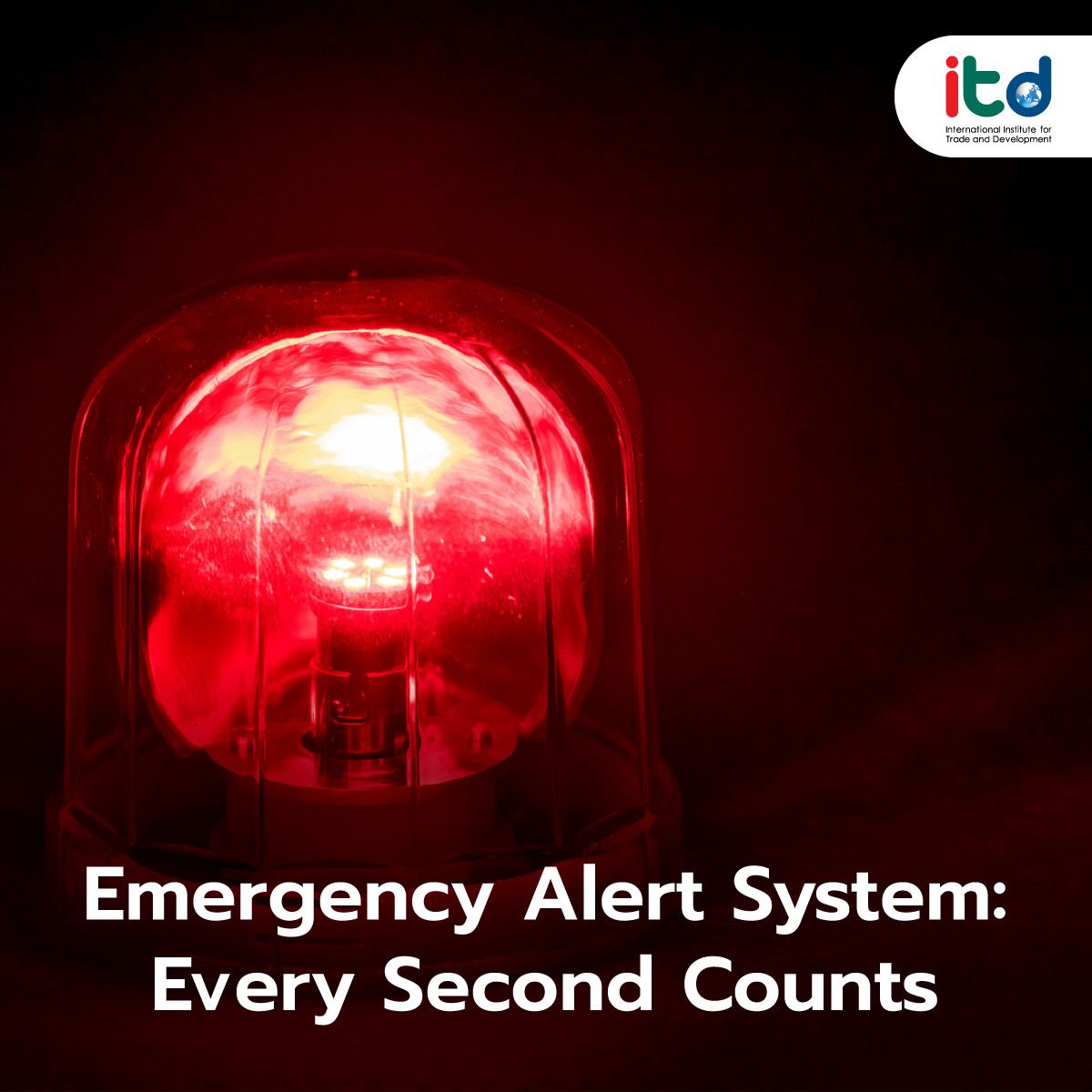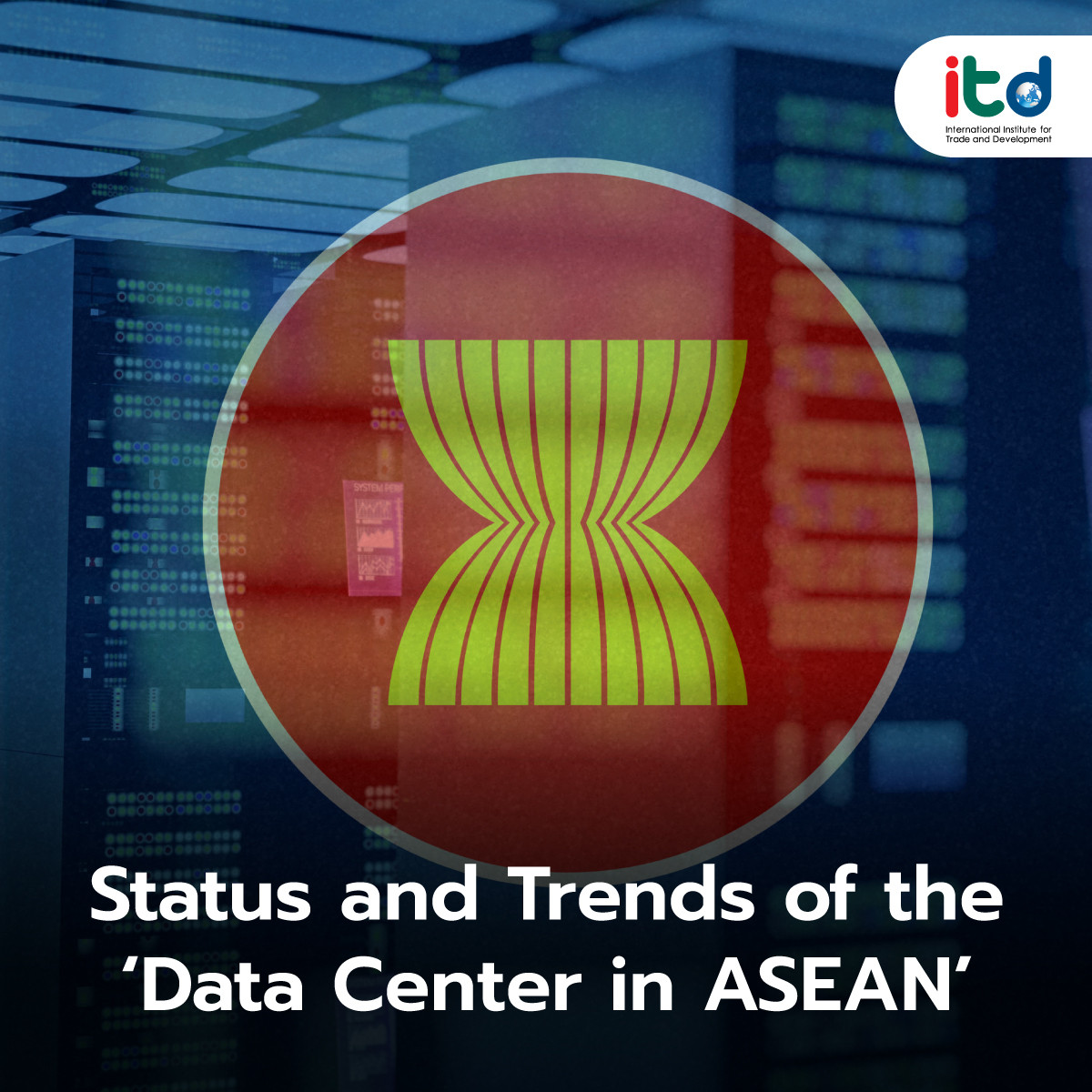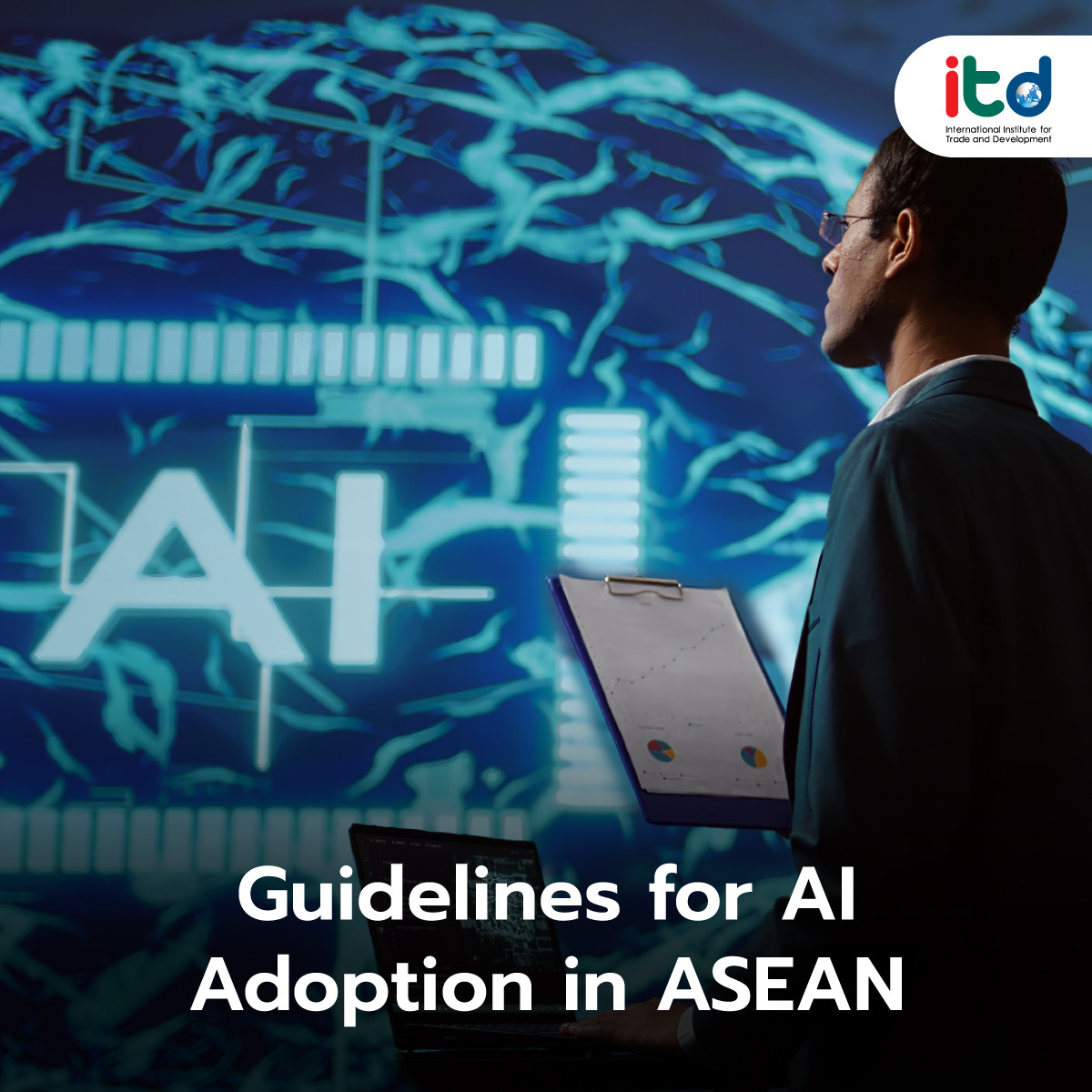About Documents
A powerful earthquake struck Myanmar on March 28, 2025, at 1:20 PM, with tremors strongly felt in Thailand for an extended period. The earthquake caused structural damage to infrastructure and buildings, including building collapses. In Thailand, the disaster resulted in approximately 20 deaths, over 30 injuries, and nearly 80 people reported missing.
In Myanmar, the epicenter, the impact was even more severe, with over 2,000 fatalities and many more injured or missing. The earthquake is estimated to have caused economic losses exceeding Myanmar’s GDP.
This event is not the first natural disaster to affect Thailand and other ASEAN member states. The region’s geography—featuring fault lines, volcanoes, forests, rivers, and coastlines—combined with the effects of climate change, makes ASEAN vulnerable to various disasters, including earthquakes, volcanic eruptions, landslides, wildfires, floods, and tsunamis. These events pose serious risks to life and property.
A comprehensive early warning system that can reach the general public is essential. This includes advance warnings for forecastable events and rapid alerts for unexpected ones. Such systems are crucial to minimizing and mitigating damage.
Countries with high disaster risk, such as Japan, have developed systems like J-alert. This system quickly disseminates emergency and disaster warnings, including severe weather and urgent news, through loudspeakers, television, radio, email, and mobile phone alerts via Cell Broadcast.
South Korea also has an advanced alert system, which includes Cell Broadcast and location-specific messaging. These warnings cover a wide range of threats, including natural disasters, accidents, and other emergencies, ensuring rapid and broad public outreach.
Some countries within ASEAN are developing similar systems. Singapore, for example, provides island-wide siren alerts and uses the SGSecure app and location-based SMS notifications. The Philippines enacted the Free Mobile Disaster Alerts Act 2014 and providing timely alerts via SMS and Cell Broadcast, as well as through email and social media.
However, many ASEAN countries still lack efficient and widely accessible early warning systems. Thailand is among them. Despite past incidents that highlight the importance of such systems, significant gaps remain in timely and widespread alert delivery.
During the recent earthquake, Thailand could not issue a timely warning. In some cases, SMS alerts arrived more than a day later, or not at all. The government-promoted Line Alert system sent a message at 4:41 PM—three hours after the quake—advising people to return indoors, but without any real-time alert about the earthquake itself.
As a result, the public was left confused, uncertain about whether an earthquake had occurred, and unsure of the correct response. With no established emergency plan to manage disruptions to transportation infrastructure, many were forced to walk back to their accommodations. Those traveling by car faced traffic gridlock, with some spending up to seven hours navigating paralyzed roads in Bangkok.
It is hoped that this event will not be just another costly lesson forgotten over time. Instead, it should serve as a catalyst for Thailand to finally establish a reliable, accessible early warning system—because every second matters.
Author:
Ms. Patcha Thamrong-ajariyakun
Senior Researcher
International Institute for Trade and Development (Public Organization)
www.itd.or.th
Publication: Bangkok BIZ Newspaper
Section: First Section/World Beat
Volume: 38 Issue: 12871
Date: Wednesday, Apr. 2, 2025
Page: 8 (bottom-left)
Column: “Asean Insight”





